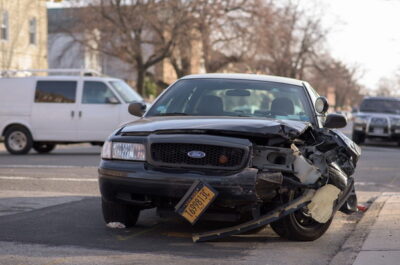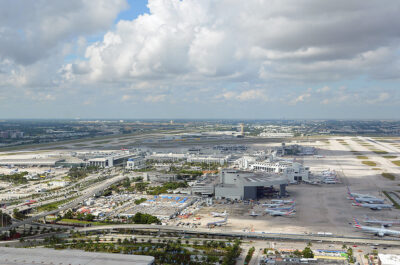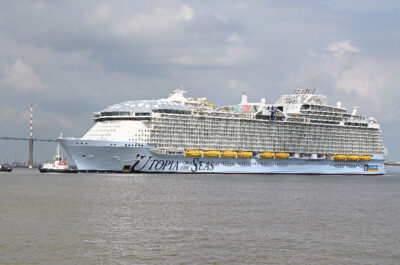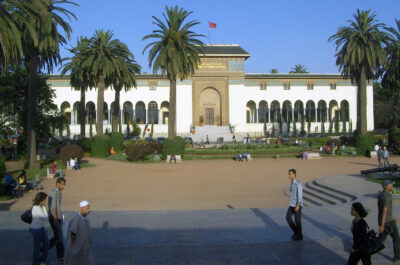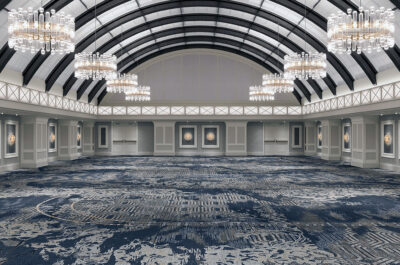…
|
|
The private Aura Beach property outside of Santo Domingo is nothing like what you imagine a coast to look like in the Dominican Republic. There are no rows of lawn-chairs and no race for a good spot. Every spot is as restful as the next. Unlike some of the island resort towns in the region on this secluded spot not far from the capital you can actually find a shoreline to lounge away the hours in relative seclusion.
Before sunset you dine on fresh seafood and pasta served on your private oceanfront bed. Here, you get a taste of pampered decadence.
What you might not know is that Santo Domingo is a historical and cultural hub. It`s a path trodden equally by discoverers, pirates and despots. This is a place where stories breathe through the cobblestone streets whose colonial architecture hides tales of the victors and the vanquished. After all, this is where the awkward foot of colonialism first stepped in the Americas.
As afternoon wares off, hues of blue in the sky slowly make way for light and dark shades of oranges and reds. The landscape shifts to silhouettes of the surrounding palm trees and thatched huts that are perched right in the warm Caribbean waters. The heat of the sun slowly wanes in favor of a slow breeze.
It may be no surprise that this idyllic island was the first to be inhabited by Europeans in the sixteenth century. It was here that Christopher Columbus landed on his self-titled island of Hispaniola on December 5, 1492. The historical annals will note that this was the first stop of the at times ill-fated journey of the colonial history of the Americas.
Over the following centuries colonial wars and conflicts would pervade the Caribbean as the Portuguese, Spanish, Dutch, English and French competed each other as well as errant buccaneers over the many idyllic islands that dot this region.
The coble-stone lined colonial quarter of Santo Domingo today has preserved its elegant architecture and is now characterized by upscale restaurants, boutique hotels and even the well-preserved sixteenth century Cathedral of Santa Maria. This atmosphere takes you back to those early moments of the European journey on the continent. During my visit to Santo Domingo I even stayed in one of the most storied buildings of this first European village of the Antilles.
The Sofitel Nicolas de Ovando is a two-story historic building with arched colonnades, wooden bridges, winding paths and a lush tropical interior courtyard. Dutifully restored here you become a guest at this mansion that was once home to the governor of Hispaniola, Nicolas de Ovando, who ruled here from 1502 to 1509. The stonewalls, draped bed-frames and wicker furniture exude the grace of this one-time palace.
I even kept on getting lost in the corridors and winding paths here. But wherever you find yourself you discover beautiful colonnades and lush tropical gardens.
In the neighborhood a short walk down the stone path streets is the 16th century Governors Palace, the Alcazar de Colon. Located in a central square this is the former home of the first-born son of Christopher Columbus, Don Diego Colon. The building is the oldest vice regal residence in the Americas and is today a museum that exhibits the Caribbean`s most important collection of medieval and Renaissance art. In his time it was from here his son slowly lost the battle of the prestige that were granted him through his father`s deeds.
But hidden behind elegant exteriors is also a more dubious past. New York Times best-selling author Junot Diaz, born in Santo Domingo, analyses a multi-generational "bad-luck" of sorts that has plagued the island. In his novel "The Brief Wondrous Life of Oscar Wao", he gives us clues about the darker side of the history of this island-paradise. He even gives it a name. He calls this Fuku americanus, or colloquially termed, fuku.
Had we been more adventuresome we might have had a closer to what this fuku might look like. We should have known that the sign warning visitors not to bring handguns past the threshold of the door of one local bar was a sign that "bad-luck lies here". We only entered for a moment, perhaps instinctively fearing a plague of fuku.
Maybe it was the atmospheric effect of fuku on the island that led the creators of the Academy Award-winning The Godfather II to have Santo Domingo sit-in for the dingy but exciting setting of pre-revolutionary Cuba. You can still see the terrace of the Occidental El Embajador, where one scene of the film was played; while the presidential palace is the setting for the truncated New Year`s Eve party of the fated Cuban strongman Fulgencio Batista.
But Diaz`s fuku dates back further. It may even go back centuries to the arrival of Christopher Columbus. But here the modern apex may have come during the not so distant rule of Rafael Trujillo Molina, who literally reigned over the Dominican Republic with impunity from 1930 until his assassination in 1961. He was known simply as "El Jefe", the boss. He is reputed to have been the bloodiest dictator of the 20th century. During his rule, the capital was even given his name, Ciudad Trujillo.
Today among the strolling tourists of Santo Domingo there is little to reveal the disquieting history of this starting-point of European presence in the Americas. Save maybe a somewhat obscure painting or two in the national museum, black and white photographs of a dictatorial era or even etchings that hint back at a checkered colonial past.
Today we mark time by reading the stories of fuku on a bed by the sea, only momentarily recognizing that we too might see where our tales connect to the story of this part of Hispaniola.
Montreal-based journalist and cultural navigator Andrew Princz is the editor of the travel site ontheglobe.com. He is involved in country awareness and tourism promotion projects globally. He has traveled to almost sixty countries around the globe seeking to communicate the stories of the diverse peoples and cultures that he comes across; from Nigeria to Ecuador; Kazakhstan to India.
* Text and photo by Andrew Princz, ontheglobe.com
* Copyright 2010, All Rights Reserved [June 24, 2010]
























